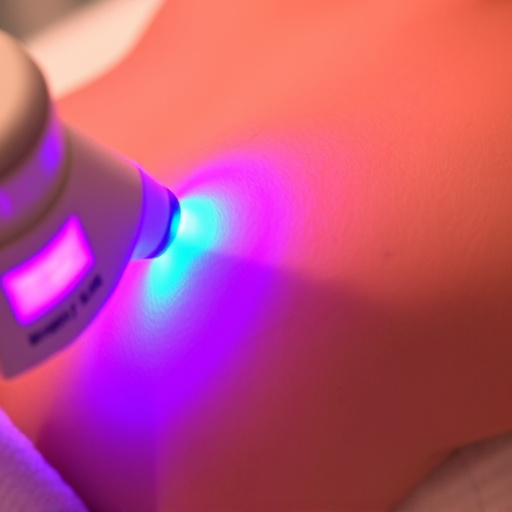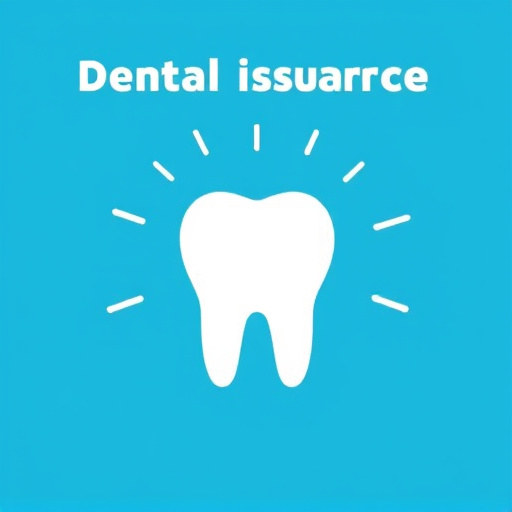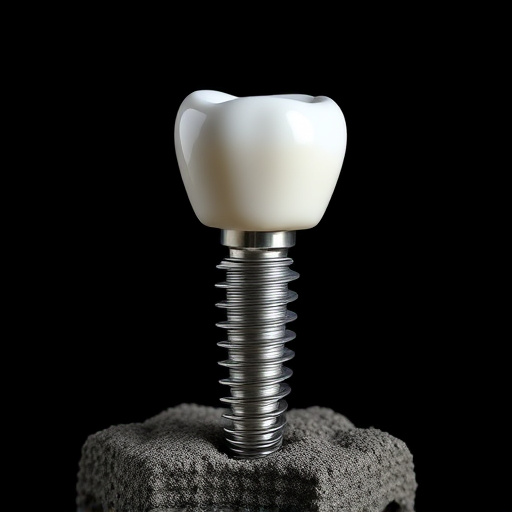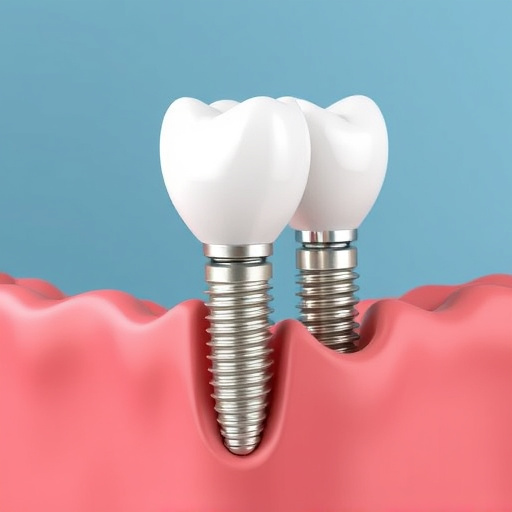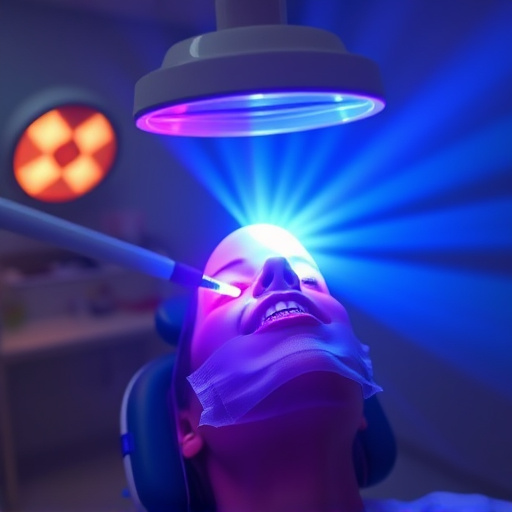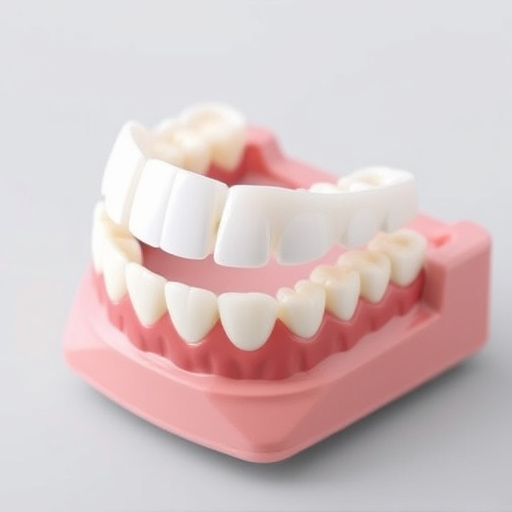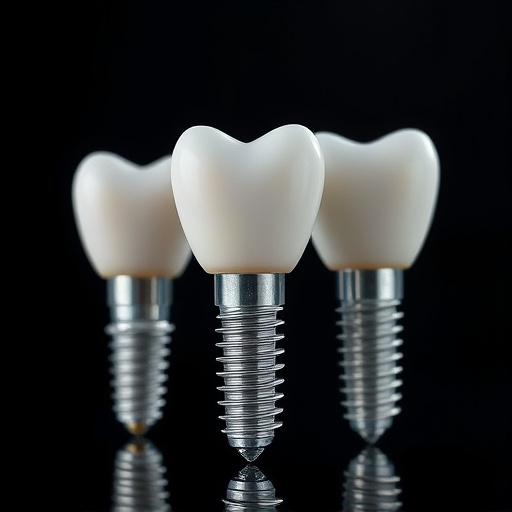Early wisdom teeth assessment via X-rays and hygiene practices prevent complications. Removal procedures involve anesthesia, incision, extraction, and advanced techniques for precision and comfort. Post-op care includes wound care, oral hygiene, hydration, soft foods, pain management, rest, and monitoring for severe symptoms. Comprehensive dental care ensures successful healing.
“Preventing future complications starts with understanding and addressing wisdom teeth. This comprehensive guide delves into the critical aspects of wisdom teeth removal, offering insights on risk assessment to ensure informed decisions. From the surgery process, highlighting safe techniques, to post-operative care with recovery tips, each section aims to empower patients. Discover how timely action can avert potential issues, emphasizing the significance of wisdom teeth removal in maintaining oral health and overall well-being.”
- Understanding Wisdom Teeth Impact and Risk Assessment
- The Surgery Process: Safety and Effective Techniques
- Post-Operative Care: Recovery Tips for Comfort and Success
Understanding Wisdom Teeth Impact and Risk Assessment
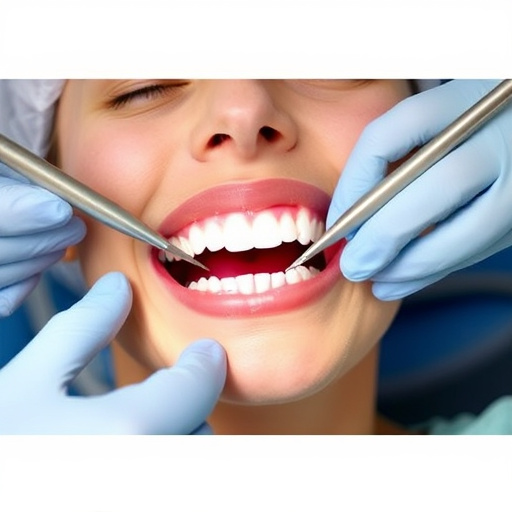
Understanding Wisdom Teeth Impact and Risk Assessment is a crucial step in preventing future complications. Wisdom teeth, or third molars, often emerge during late adolescence or early adulthood. If they grow in correctly aligned and have sufficient room, they may not cause any issues. However, many times, these teeth become impacted—partially or completely trapped within the jawbone or gum tissue. This can lead to pain, infection, inflammation, and damage to neighboring teeth.
A comprehensive dental care assessment includes examining the position of wisdom teeth through X-rays and considering factors like oral hygiene, overall health, and genetic predisposition for impact. Restorative dentistry procedures may be recommended if issues are identified early, ranging from simple extractions to more complex surgeries. Regular dental cleanings also play a vital role in maintaining optimal oral health, as they help prevent infections and reduce the risk of complications associated with wisdom teeth.
The Surgery Process: Safety and Effective Techniques
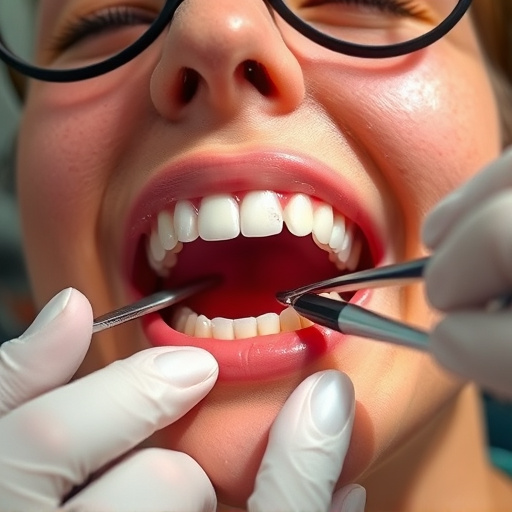
The process of wisdom teeth removal is designed to ensure patient safety and achieve effective results. During the procedure, a dentist or oral surgeon will first conduct a thorough examination, including dental X-rays, to determine the best approach for extraction. Local anesthesia is typically administered to numb the area around the wisdom teeth, minimizing discomfort during the operation. The surgeon then carefully creates an incision in the gum tissue to access the impacted tooth. Using specialized tools, they carefully extract the tooth, taking care to prevent damage to adjacent structures like nerves or other teeth. In some cases, the wisdom teeth may be partially erupted or have complex root structures, requiring more intricate techniques for safe removal.
Modern dental practices employ advanced techniques and technology to enhance precision and patient comfort. This includes the use of digital imaging, which provides detailed 3D views of the jaw, guiding the surgeon in planning the extraction. Additionally, some dentists utilize laser-assisted wisdom teeth removal, which can reduce bleeding and healing time. Effective post-operative care is also crucial for a smooth recovery, involving proper wound care, pain management, and dental cleanings to maintain oral health. In case of complications or unexpected challenges during the procedure, emergency dental care services are readily available to address any concerns promptly.
Post-Operative Care: Recovery Tips for Comfort and Success
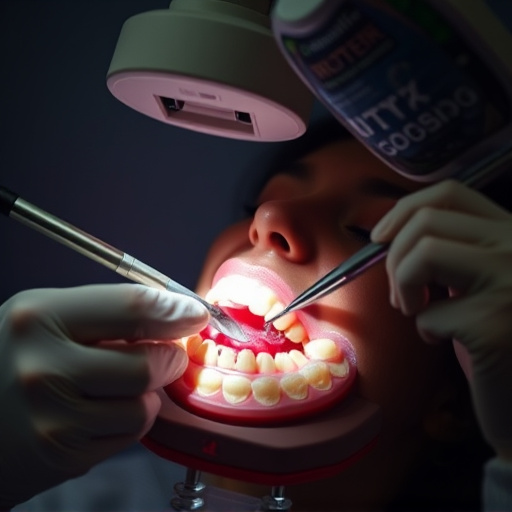
After wisdom teeth removal, proper post-operative care is crucial for a comfortable recovery and to prevent future complications. It’s essential to follow your dentist’s specific instructions, but here are some general tips to aid in the healing process. Firstly, maintain good oral hygiene by gently brushing and flossing around the extraction sites. Avoid using a toothbrush near the wounds for the first few days to prevent irritation. Instead, rinse your mouth gently with warm salt water several times daily to keep the area clean and promote healing.
Additionally, stay hydrated and consume soft, cool foods like yogurt, smoothie, and mashed potatoes. Avoid hot, spicy, or crunchy foods that could irritate the extraction sites. To alleviate discomfort, take prescribed pain medications as directed, and apply a cold compress to reduce swelling. Remember, rest is vital for recovery, so get plenty of sleep and avoid strenuous activities for a few days following the procedure. Lastly, don’t hesitate to contact your dentist if you experience severe pain, excessive bleeding, or any signs of infection. Comprehensive dental care includes proactive steps like these to ensure successful healing after wisdom teeth removal.
Wisdom teeth removal is a proactive step towards preventing future complications, ensuring optimal oral health. By understanding the impact of wisdom teeth and following effective surgical techniques, along with proper post-operative care, individuals can experience a successful recovery. This simple procedure can prevent more serious issues down the line, making it an essential consideration for anyone at risk. Remember, early action is key to maintaining a healthy smile.





